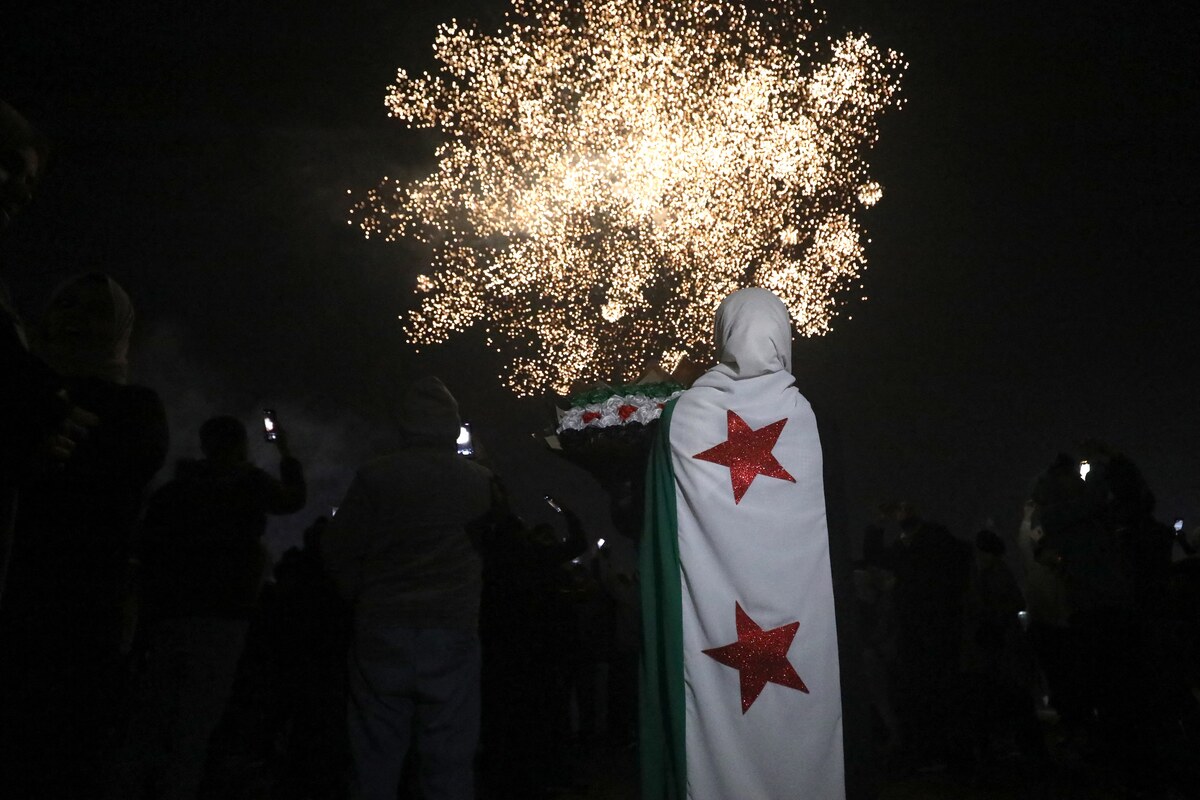MUNICH: German aerospace company Lilium NV is making its debut in Saudi Arabia with a groundbreaking deal to supply up to 100 electric vertical take-off and landing jets to Saudia, the Kingdom’s first national carrier.
The formalization of this agreement comes after a framework deal was initially arranged in late 2022, making Saudia the first airline in the region to invest in sustainable air mobility.
The Saudia Group and the German developer of fully electric vertical takeoff and landing aircraft have entered into an agreement to purchase 50 confirmed Lilium Jets, with an option for an additional 50 aircraft.
Thursday’s signing ceremony took place at the German firm’s headquarters in Munich, attended by Arab News and key industry stakeholders.
CEO of Lilium, Klaus Roewe, underscored in his speech the significance of this partnership, stating: “It (the deal) signals a transformation and a readiness to shape the future.”
In an interview with Arab News on the sideline of the event, he described Saudia as a very important customer because it’s a “very high-ranking, high-class airline, a very demanding airline.”
Roewe added: “On the other side, it’s also representing a country which we believe is the perfect mirror of what Lilium wants to do, because Lilium is definitively the most advanced, the most innovative product.”
The CEO went on to say that Saudi Arabia’s ambitions for its tourism and aviation sectors as outlined by the Vision 2030 economic diversification plan show a focus on sustainability and innovation.
“We believe it’s a perfect match between the Kingdom of Saudi Arabia and Lilium,” said Roewe.
Saudi Arabia will receive the first plane in 2026.
The aircraft’s operations will be approved and conducted in accordance with the quality and safety standards of the General Authority of Civil Aviation, and it will be operated and managed through Saudia Private Aviation.
Ibrahim Al-Omar, the director general of Saudia Group, expressed his enthusiasm for the milestone, saying: “Our partnership with Lilium supports the ambitious goal of Vision 2030 by transforming the future of aviation in Saudi Arabia and beyond.”
He added that starting in 2026, the arrival of the first Lilium Jet will help transport 330 million travelers, providing faster and more efficient connections that exceed industry standards and expectations. This development is set to play a crucial role in key areas such as hygiene, entertainment, and business travel.
The director general said that the group is committed to leading aviation innovation with this collaboration with Lilium being “just the beginning.”
He added: “We will continue to explore new heights, offering the best to our guests and positively impacting regional and global aviation.”
The German ambassador to Saudi Arabia, Michael Kindsgrab, highlighted in his address the transformative potential of this collaboration in advancing decarbonization and sustainability goals under the Kingdom’s Vision 2030.
“One of the most important areas of this new cooperation is decarbonization and sustainability,” he said, adding: “This is truly a revolutionary concept, and we are very happy that Saudi Arabia, Saudia in this case, is at the forefront of launching this new technology.”
The ambassador said that this is a big event for Saudi Arabia and for Germany, with economic relations between two countries – with their shared focus on transformation, decarbonization and ecology – being some of the biggest common denominators in this relationship.
Roewe’s praised the collaboration between Lilium and Saudia, and said: “Our teams have been working together intensively after signing of the MoU in late 2022, and we received outstanding support and trust in the process for which we are enormously grateful and thank you for that.”
Saudia aims to integrate these electric vertical takeoff and landing aircraft into its fleet, revolutionizing domestic air transport with efficient, zero-emission solutions.
The Lilium Jets, designed for regional high-speed travel with zero CO2 emissions, align with Saudi Arabia’s focus on sustainability and innovation under Vision 2030.
Lilium has the capacity to produce up to 80 aircraft per year. The aircraft features a 14-meter-long wing and an 80-meter-long body, with a maximum flight altitude of 3,000 meters.
It boasts an operating distance of up to 175 kilometers and can reach speeds of 300 kms per hour. The airplane’s battery is recharged, not swapped, requiring 30-40 minutes to reach 80 percent capacity.
The German ambassador to the Kingdom further elaborated on the economic implications of the deal, stating: “Today, we open another chapter for green mobility and green energy. This is truly a revolutionary concept, and we’re very pleased that Saudi Arabia, represented by Saudia, is at the forefront of launching this new technology.”
Saudia’s commitment to leading aviation innovation through its collaboration with the German firm sets the stage for continued exploration and advancement in sustainable aviation.
The airline will play a pivotal role in shaping the future of air transport in the Middle East and beyond, reaffirming its position as a global leader in the aviation industry.
With this strategic initiative, Saudia and Lilium are poised to set new standards for sustainable aviation, driving forward the vision of a greener and more interconnected world through cutting-edge technology and collaborative partnerships.





























